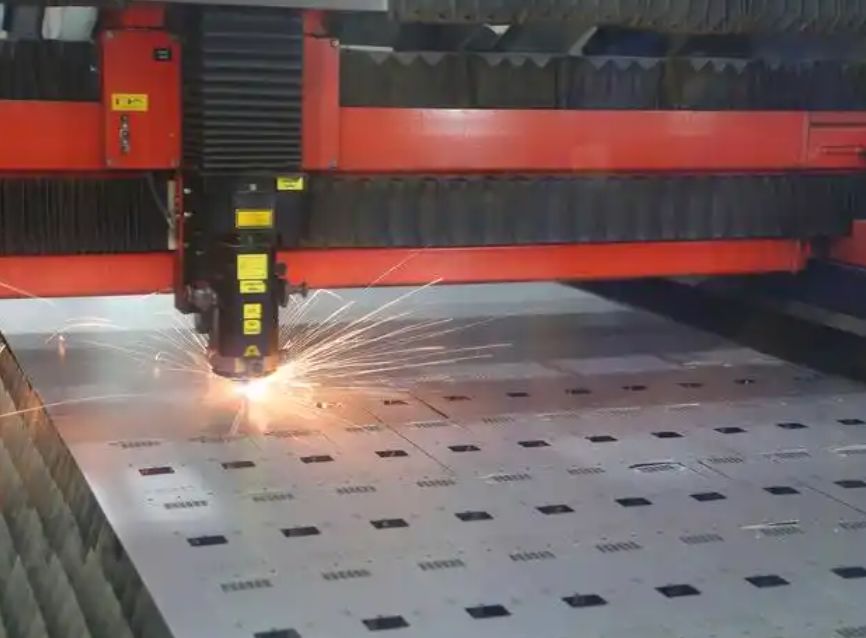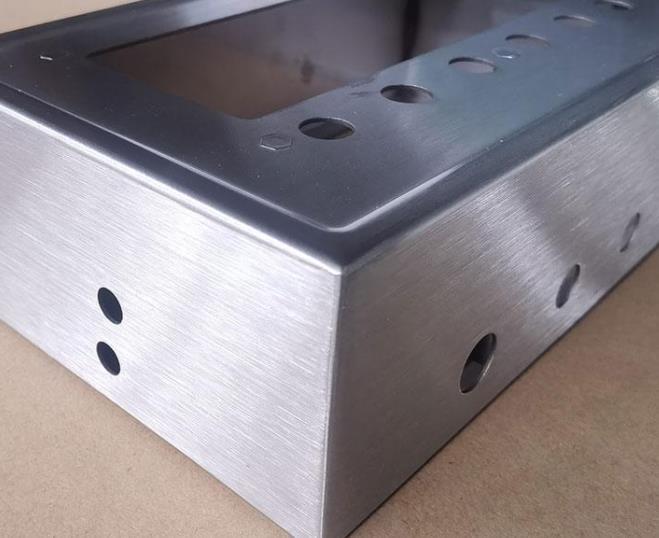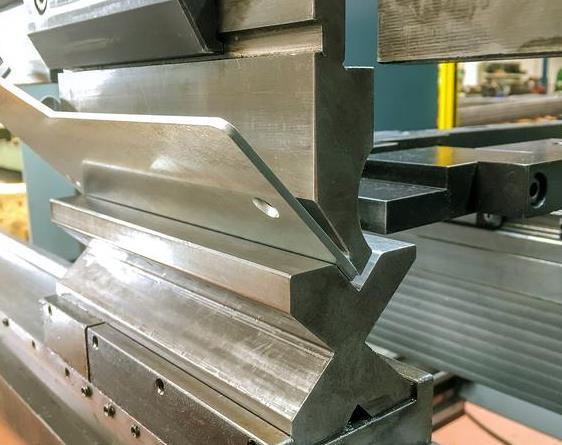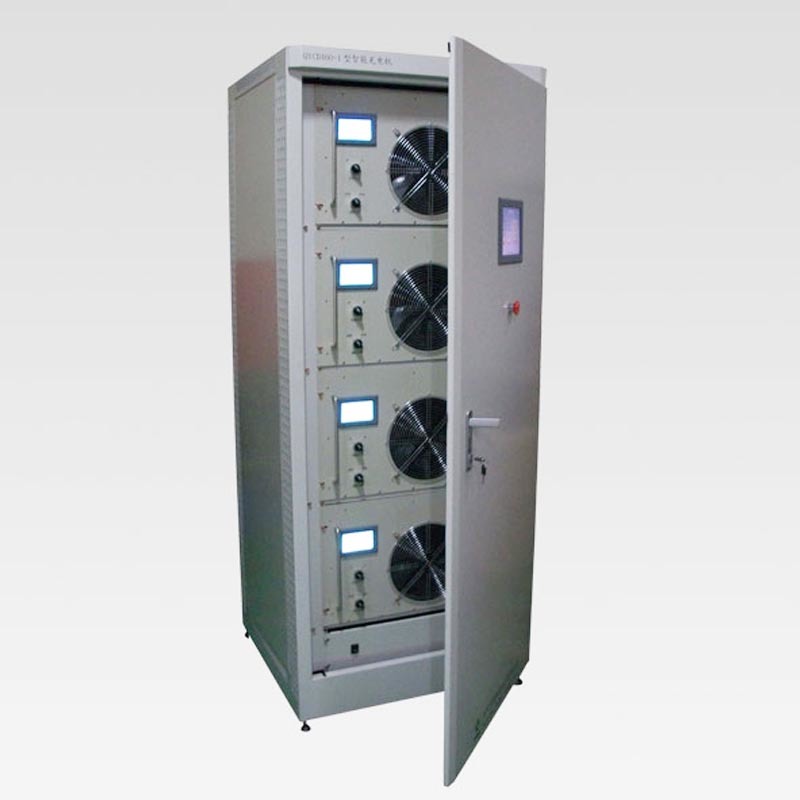What are the advantages of sheet metal processing?
Release time:
2025-01-07
【Summary】The advantages of sheet metal processing are mainly reflected in the following aspects: 1. Flexible material selection Sheet metal processing can use a variety of metal materials, such as cold-rolled plates, hot-rolled plates, galvanized plates, copper, aluminum plates, stainless steel, etc., and can produce products with specific specifications and materials according to customer needs. This flexibility allows sheet metal processing to meet the diverse needs of different industries and products.
Sheet Metal ProcessingThe advantages are mainly reflected in the following aspects:
1. Flexible Material Selection
- Sheet metal processing can use various metal materials, such as cold-rolled plates, hot-rolled plates, galvanized plates, copper, aluminum plates, stainless steel, etc., and can produce products of specific specifications and materials according to customer needs. This flexibility allows sheet metal processing to meet the diverse needs of different industries and products.
2. High Production Efficiency
- Sheet metal processing can achieve large-scale production, especially with the cooperation of automated equipment and assembly lines, significantly improving production efficiency to meet the demands of large orders. At the same time, the use of modular and standardized production methods makes the production process more efficient and standardized.
3. High Processing Precision
- Sheet metal processing has high processing precision, able to accurately control every aspect of the processing process, ensuring that the size, shape, and surface quality of the products meet design requirements. This precision gives sheet metal processing a clear advantage in manufacturing high-precision components, widely used in aviation, automotive, and machinery manufacturing fields.
4. Low Cost
- Compared to other processing methods, sheet metal processing requires relatively fewer equipment and has a high material utilization rate, which can reduce production costs to some extent. In addition, the efficiency and modular production methods of sheet metal processing also help reduce operational costs for enterprises.

5. Strong Adaptability
- Sheet metal processing can be applied in multiple fields, such as machinery manufacturing, electronic communications, automotive manufacturing, aerospace, etc., with strong adaptability and flexibility. This wide applicability gives sheet metal processing significant competitiveness and application prospects in the market.
6. Easy to Achieve Automation
- The sheet metal processing technology is easy to combine with precision machinery, precision measurement technology, and electronic computers to achieve high precision and high automation in the processing process. In modern manufacturing, sheet metal processing has been widely applied in fields such as robotics and automated equipment, allowing for rapid processing of complex shapes and sizes through programming control.
7. Strong Plasticity
- Sheet metal processing has strong plasticity in terms of processing materials, product shapes, and processing methods. Through various processing methods such as bending, cutting, and stamping, sheet metal materials can be quickly formed and can produce various complex shapes and structures. This plasticity gives sheet metal processing a significant advantage in manufacturing various complex components.
8. Technological Innovation Drives Industry Development
- With the continuous advancement of technology, sheet metal processing technology is also continuously innovating and developing. New processing equipment, advanced processing technologies, and intelligent production systems are constantly emerging, bringing more possibilities and opportunities for sheet metal processing. These technological innovations not only improve the efficiency and quality of sheet metal processing but also expand its applications and market space.
In summary, sheet metal processing has advantages such as flexible material selection, high production efficiency, high processing precision, low cost, strong adaptability, ease of automation, strong plasticity, and technological innovation driving industry development. These advantages make sheet metal processing have broad application prospects and significant value in modern industry.
TAG:
Previous
RELATED INFORMATION
2025-01-20
How much do you know about stainless steel sheet metal processing?
2025-01-18
What are the inspection standards for sheet metal processing chassis and cabinets?
2025-01-17
What are the main processes of sheet metal processing?
2025-01-16
What is the process flow of the chassis cabinet?
FAX
ADD
Gengguantun Industrial Development Zone, Qingxian County, Hebei Province, China

WeChat applet





